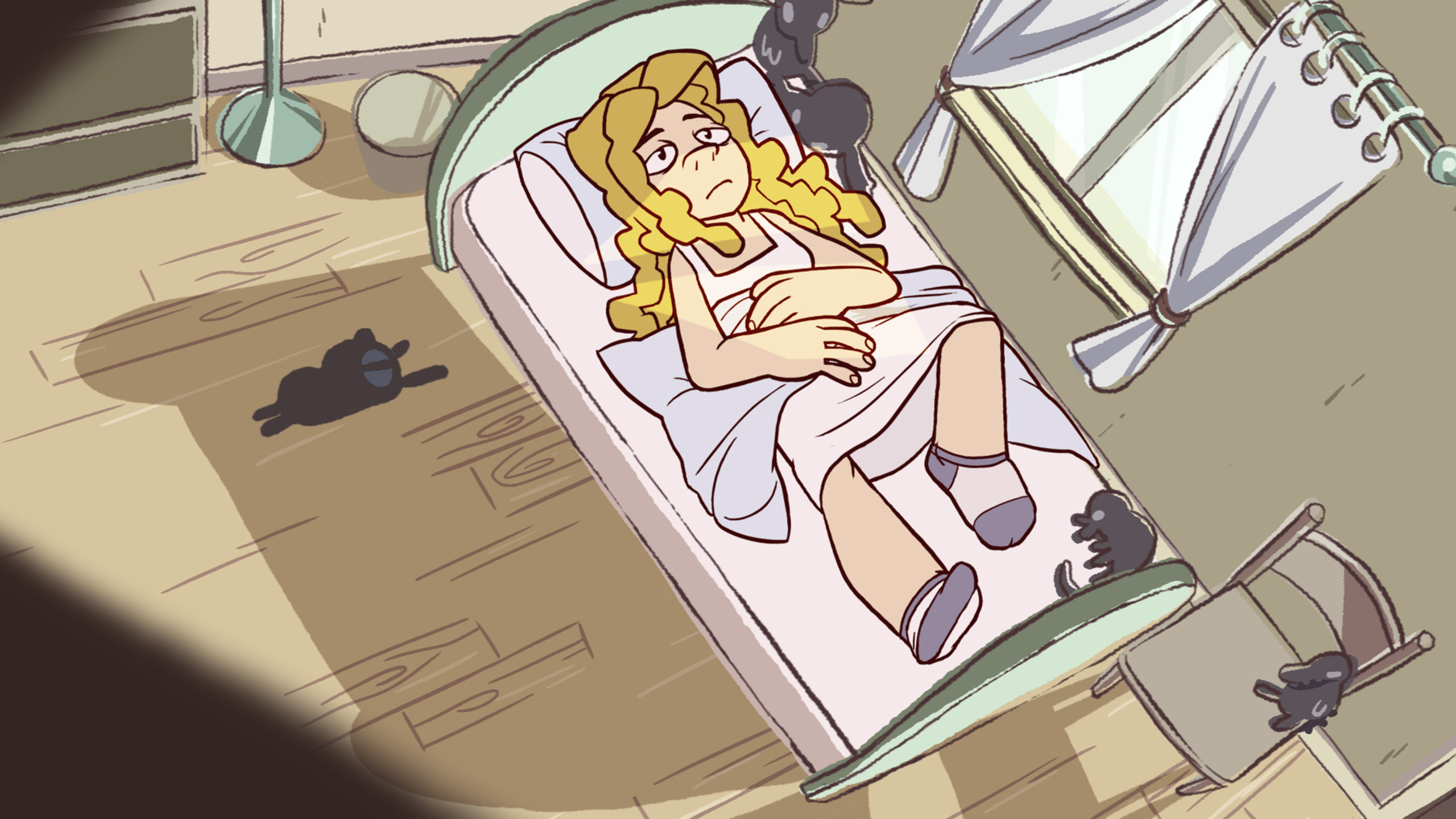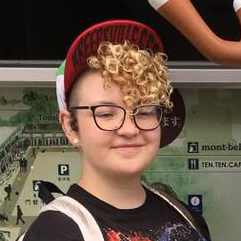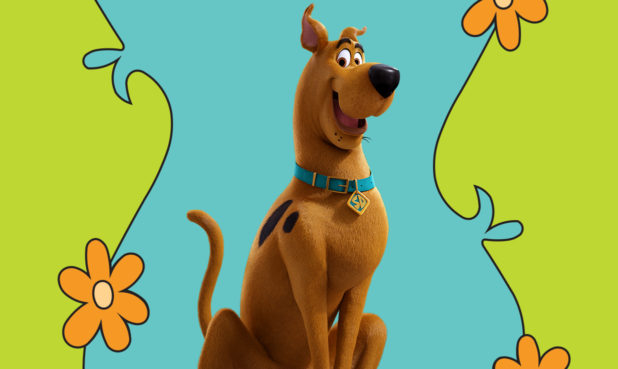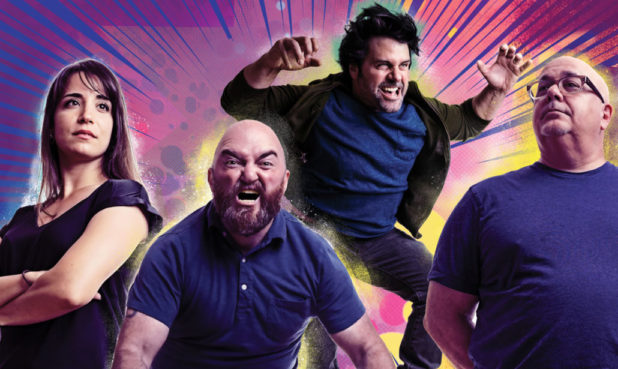When it comes to submitting animated shorts to film festivals, it’s easy for studios. They know the ropes. But just as indie filmmakers are responsible for every aspect of crafting their films, they’re on their own when it comes to navigating film festivals. Without a streamlined system in place, it’s a complex process, as the experiences of two distinctly different filmmakers show.
An Emmy Award-winning animator, storyboard artist, writer, and producer, Mike Milo currently directs Scooby-Doo and Guess Who? for Warner Bros. Animation. He was already an industry veteran when he decided to submit his 2017 indie short Kit, Cat and Kapoodle to film festivals.
From the start, he found it confusing. “I did it three times, and in each case, it was hard to find where to submit. There are literally hundreds of festivals around the world. I had to figure out, is this one worth it to me, is it not worth it to me, because they all cost money to enter. You can only pick so many.”
While storyboard artist and animator Nora Meek has worked for studios such as Cartoon Network and Titmouse, she was a newcomer to the industry when she submitted her indie short Sleep Awake to festivals in 2015. As it turned out, coming at it straight out of film school was an advantage.
“Sleep Awake was my senior film,” she says, “and luckily my school (Pratt Institute in Brooklyn) was film and fine art focused. We had a lot of instruction on how to submit to the festivals.”
She learned that it’s important to approach the submission process with a surgical attitude. “Every film, no matter what it is, it’s going to have a niche, whether it’s horror or for kids or women- focused or LGBT-focused. I narrowed my focus in where I was submitting.”
Milo’s learning curve piggybacks on Meek’s conclusion. “One thing I learned from trying to enter into festivals,” he explains, “is that my content didn’t really match what they were looking for. My short had mallets and people throwing up. It was all cartoony and had nothing to do with any social commentary. I was just trying to make people giggle, and that limited it.”
“I think you’ve got to know your audience,” Meek adds. “If you’re making something that’s more mainstream, it’s tough because a lot of animation festivals, they want to show off what’s not usually seen. Animation is a very broad medium, and we don’t see that broadness on TV or in the movie theaters.”
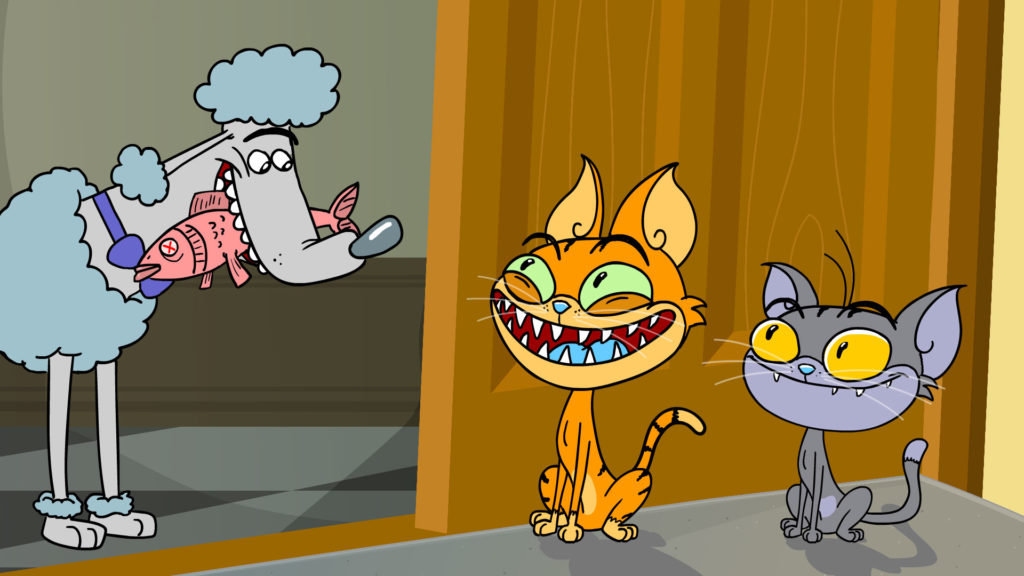
Milo says that you also want to know the audience that attends a festival—and how many. “If only three people show up, who cares if you win?”
On this topic, Meek observes: “There are a lot of shell festivals, if you will, where they’ll screen to no one, and you pay your way just to be able to say that you’ve screened in Hollywood or New York. If you have questions about a festival, they usually have a website where you can see past films they’ve screened, trailers for upcoming screenings, how many years they’ve been running, that kind of thing.”
Meek also figured out a few tricks along the way. You can email a festival and ask, “Do you want to screen this? Can you waive the fee for me?” She suggests approaching festivals where you’ll be a local, because festivals want filmmakers to attend. And, she recommends finding unique angles: “‘Hey, this has never screened in Oregon before. It would be an Oregon first.’ A lot of people love that. Keep pushing. And if anyone ever says, ‘I love your film, I have a film festival. Can I screen it?’ don’t be afraid to ask for a screener fee. I’ve gotten 20 to 50 bucks for a screening.”

The bottom line for both Milo and Meek: Do your research, even though it’s not easy. Talk to people who’ve been in festivals you’re considering. Figure out if your subject or theme is a good fit. And ultimately decide if the festival route is one you want to take.
“What I learned was that I shouldn’t make an indie film for festivals again unless I want to get serious, and that’s not me,” says Milo.
With Sleep Awake chosen as an official selection at numerous film festivals, including Outfest, Meek, on the other hand, would love to try again. But “it’s a matter of time because it takes so much dedication. An animated film usually takes at least a year if you’re doing it in a small team or by yourself. It’s a pretty big undertaking.”
Still, she encourages others, especially those starting out, to go for it. “I think practically, a great reason to submit to festivals is that you can put any accolades you get on your resume.
If you want a studio job, recruiters look at that. Not only do people want to see what you’ve worked on in your regular day-to-day job, they want to see what you’re passionate about. Are you able to create a story and make something captivating that people want to see?”
